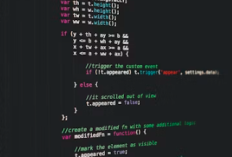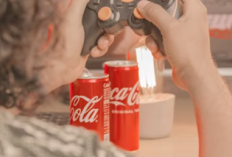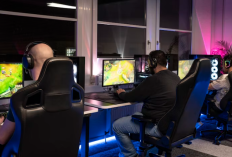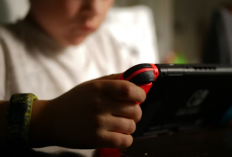Game Balance Secrets: Why Some Weapons Feel Unfair
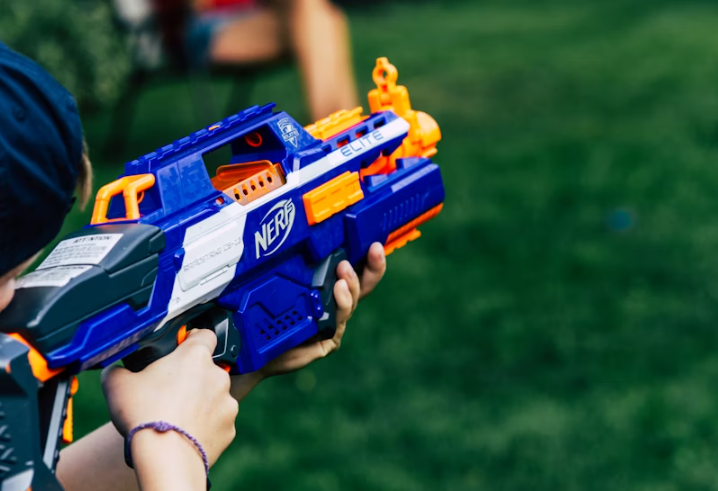
Nerf gun.-Kolby Milton-https://unsplash.com/
Game Balance Secrets: Why Some Weapons Feel Unfair
You’re deep in a match, perfectly lined up for the win — and then, someone with that one weapon wipes you out instantly. Rage floods in. “It’s broken!” you shout. But what if that feeling of unfairness isn’t a flaw? What if it’s by design?
Game balance isn’t just math. It’s emotion, psychology, and illusion. The best designers know balance isn’t about making everything equal — it’s about making everything feel fair.
The Myth of Perfect Balance
In theory, perfect balance means every weapon, character, or ability is equally viable. In practice, that’s impossible. A completely balanced game is predictable — and predictable is boring. “Players crave chaos,” says Hiroshi Tanaka, a veteran combat designer for multiple AAA franchises. “They want to believe they can outsmart the system, even when the system is smarter than them.”
Designers intentionally inject small imperfections — weapons that dominate for a patch cycle, characters that feel slightly overpowered. These quirks create conversation, excitement, and community drama. It’s controlled imbalance that keeps games alive.
The Numbers Behind the Emotion
Every weapon starts as data: damage, range, recoil, reload speed. But how players perceive those stats often matters more than the stats themselves.
- Perceived fairness: A weapon might be statistically balanced, but if its animation feels too quick or its sound too loud, players label it unfair.
- Emotional response: Burst weapons that kill instantly frustrate players more than slower, attrition-based tools — even if both have identical kill rates.
- Feedback loops: Visual and audio cues reinforce bias. Loud headshot sounds make weapons feel “stronger,” creating perception-based imbalance.
Game developers run psychological tests during play sessions, tracking rage quits, win streaks, and chat sentiment to fine-tune weapon feel. The goal isn’t equality — it’s equilibrium.
The Unfairness Illusion
Some weapons are meant to make you angry — not because they’re broken, but because they fuel competition. That sniper that feels unfair? It exists to push you to adapt. When players complain, they’re engaged. When they stop complaining, the game is dying.
Balancing teams know this well. They tweak small variables — one extra bullet in a magazine, a 0.05-second delay on reload — to change the emotional narrative. A patch note might look tiny, but to players, it’s a new world order.
The “Meta” and Its Evolution
The word “meta” has become cultural shorthand for “what’s best right now.” It’s an organic ecosystem that forms from community behavior. No developer can fully predict it. Once a streamer calls a weapon “broken,” the entire player base floods to it, creating self-fulfilling imbalance.
Some studios embrace this. “We don’t fight the meta — we surf it,” explains a designer from Apex Frontier Studios. By rotating buffs and nerfs strategically, they keep players chasing that temporary sense of power. Every new patch becomes a story, not a fix.
Balance as Storytelling
In competitive games, balance becomes narrative. A weapon’s rise and fall tell a story — heroes emerge, villains get nerfed, legends fade. Players remember the “golden era” of a weapon like fans remember a champion’s reign. It’s nostalgia disguised as patch history.
Even unfairness serves a narrative purpose. It gives players something to unite against, a reason to learn, and a spark for creativity. The game isn’t trying to frustrate you — it’s trying to make you feel.
Why Fairness Is Overrated
Designers secretly know that perfect fairness kills fun. A game where everything feels balanced also feels sterile. The magic lies in the edge — that subtle tension between skill and chaos. When you think you’ve been cheated, you play harder, not less.
And maybe that’s the real secret: unfairness isn’t the opposite of balance. It’s part of it.


